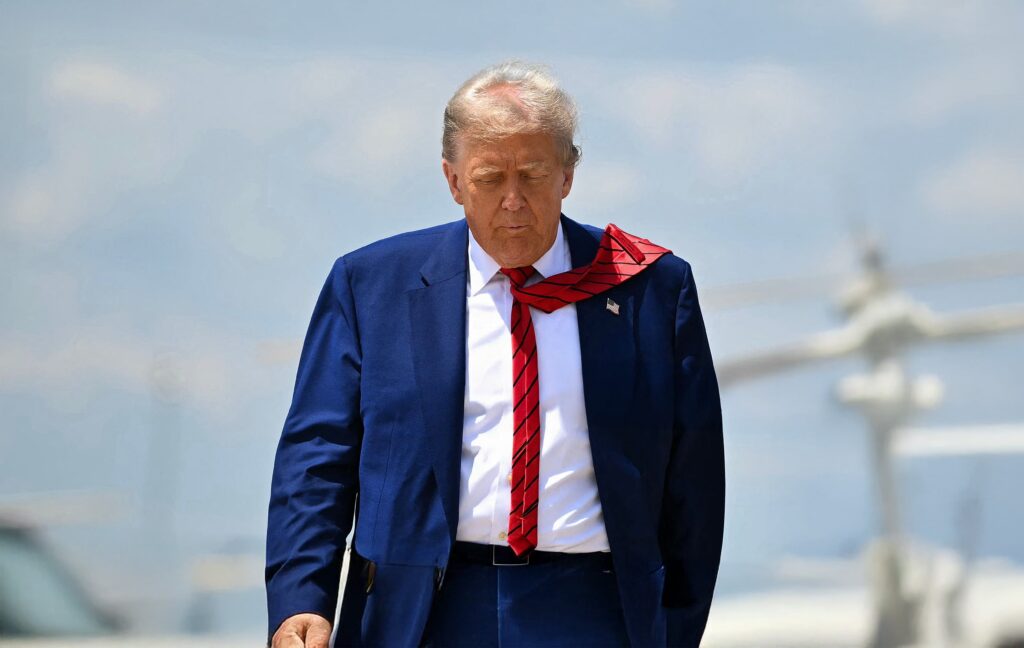US President Donald Trump and Chinese leader Xi Jinping met for the first time in six years, offering fresh hope that the world’s two largest economies might finally ease their long-running tensions. Trump described the talks in South Korea as “amazing,” while Beijing said both leaders had reached a consensus to settle “major trade issues.” Relations have been strained since Trump imposed tariffs on Chinese imports, provoking swift retaliation from Beijing. Although a temporary truce was struck in May, deep mistrust persisted.
No formal trade agreement came out of Thursday’s meeting, yet both sides hinted at progress. Negotiators have battled for months over key points, often behind closed doors. Trade deals typically take years to conclude, but Trump’s rapid tariff measures forced countries to react in months. Many of those affected are in Asia, where Trump has spent the past week seeking new economic wins.
China lifts rare earth limits, pledges massive soybean purchases
China agreed to remove export controls on rare earth minerals vital for producing smartphones, electric cars, and military hardware. The decision marked a symbolic victory for Trump. Speaking aboard Air Force One, he said China would immediately begin purchasing “tremendous amounts of soybeans and other farm goods.” Chinese tariffs had previously halted US soybean imports, hitting American farmers hard — a core part of Trump’s political base.
US Treasury Secretary Scott Bessent announced that China would buy 12 million metric tonnes of soybeans this season and at least 25 million tonnes annually for the next three years. Following the talks, Washington also said it would ease some tariffs tied to chemicals used in fentanyl production — a drug Trump has accused China, Canada, and Mexico of failing to control.
Sean Stein, president of the US-China Business Council, praised the progress on rare earths and tariffs, calling it the most significant result of the meeting. He said businesses now have more time to address long-standing trade barriers with both governments. However, many tariffs remain in place, meaning US importers still face taxes of over 40 percent on Chinese goods.
For Beijing, the meeting also brought new opportunities. Trump revealed that Xi could soon speak with Jensen Huang, the head of US chip giant Nvidia. The company stands at the center of a fierce battle over artificial intelligence technology. China wants access to advanced processors, while Washington continues to restrict sales over national security concerns. Xi also invited Trump to visit China in April — a gesture widely seen as a signal of thawing relations. Yet no progress was made on TikTok, which remains a key point of dispute.
Contrasting tones shape the outcome
The meeting highlighted the leaders’ differing approaches. Xi remained calm, precise, and scripted, projecting quiet authority. China entered the room with a stronger hand, having diversified trade partners and reduced reliance on the US. Afterward, Xi said both sides would pursue results that serve as a “reassuring pill” for their economies.
Trump, in contrast, spoke freely and appeared more tense than earlier in his Asia trip. Gone were the lavish welcomes and golden halls of previous stops. The talks took place in a guarded airport building behind barbed wire and security checkpoints. Despite the low-key setting, the 80-minute exchange became the defining moment of Trump’s journey.
Henry Wang, a former adviser to China’s State Council, said the meeting “went very well.” Although no trade deal was finalized, he said both sides had built “a framework and structure” for future cooperation. He called the outcome “a good start” toward easing one of the world’s most powerful — and fragile — economic rivalries.


